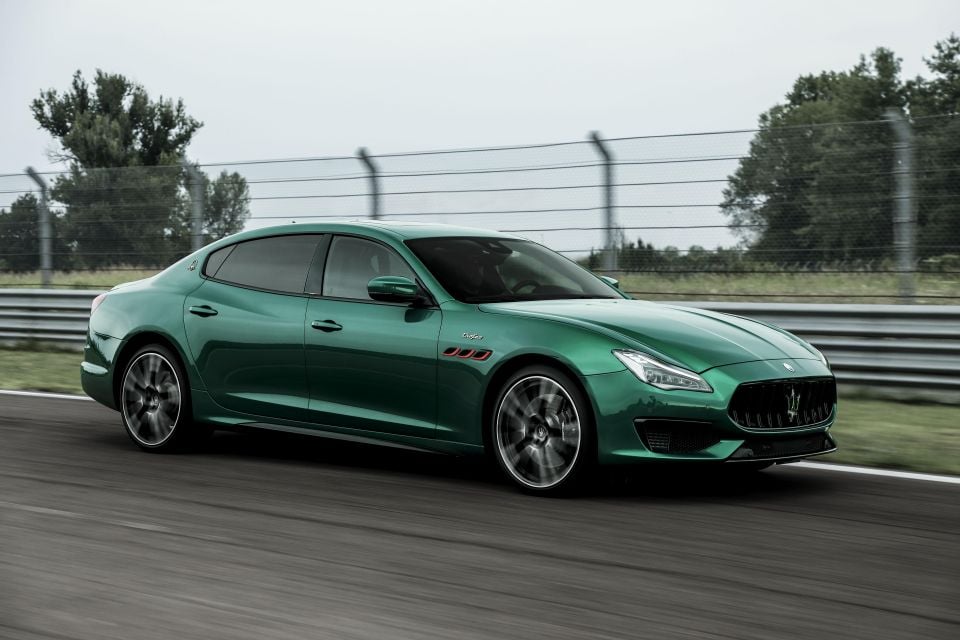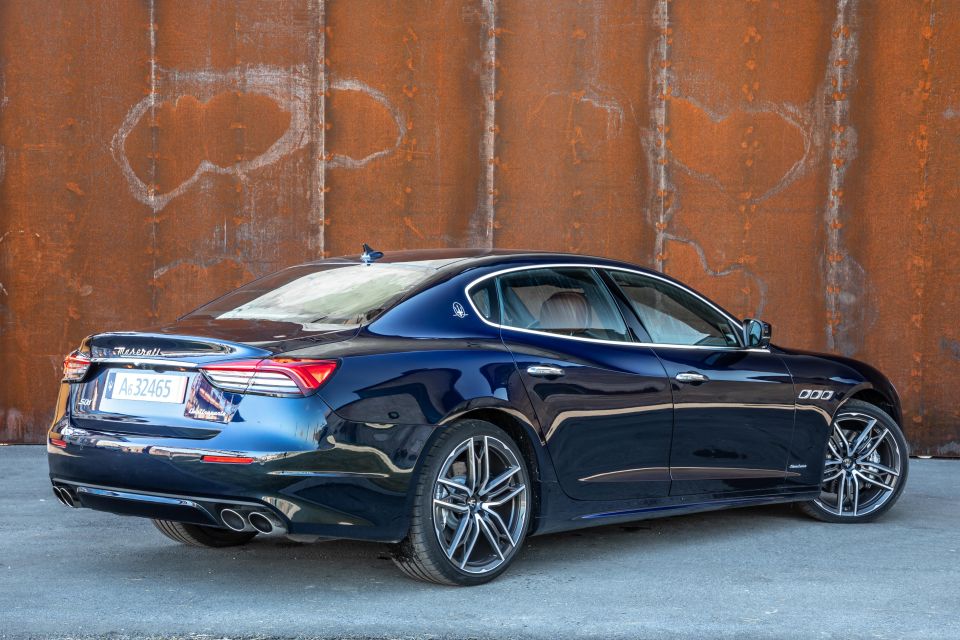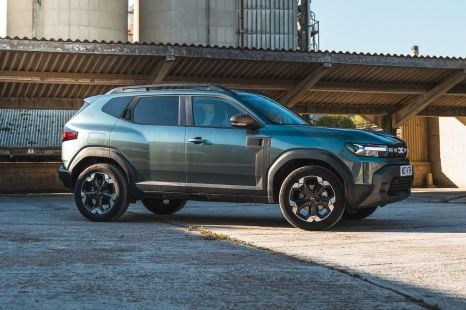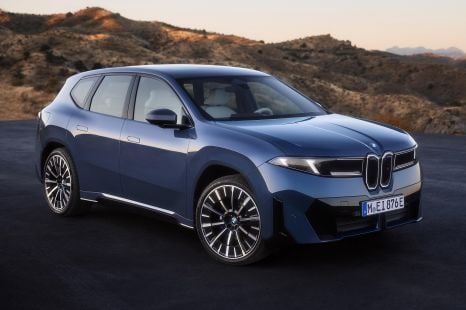

James Wong
2026 Audi SQ5 review: Quick drive
5 Days Ago
The next-generation electric Maserati Quattroporte may be on hiatus for longer than expected, with development paused for now.

Journalist


Journalist
Work on the Maserati Quattroporte Folgore has been paused, and it’s unclear if it will resume.
According to Corriere della Sera, development of the seventh-generation Maserati Quattroporte was paused at the end of 2023 as the luxury automaker negotiates a five to six per cent cost reduction with its suppliers. This follows on from a similar price drop agreed in 2022.
Apparently parent company Stellantis has told its brands to reduce electric vehicle (EV) costs in order to remain competitive. Unlike other brands in the empire, Maserati has a strict rule dictating that its cars are to be developed and built in Italy.

This gives the marque less flexibility to reduce costs by moving production to lower-cost countries or other factories where there are greater economies of scale. For example, the new Fiat Panda will built in Serbia, not Italy, while the next-gen Lancia Ypsilon will be produced alongside its platform mates in Spain.
Stellantis management is also busy trying to plan out the futures of Alfa Romeo and Maserati so that there’s reduced overlap between the two marques.
A Maserati spokesperson confirmed the move with Automotive News Europe, but said the company halted development due to “the need to take zero risks on the performance level of the new car”.
Prior to this delay, Maserati CEO Davide Grasso told the press the new Quattroporte was due to be launched in “early 2025”. It’s unclear now if the new Quattroporte will meet this deadline, or if it will emerge at all.

With the company’s previously stated goal of becoming an all-electric automaker by 2030, the new Quattroporte was set to be an electric-only model, likely riding on the STLA Large architecture that will also underpin the upcoming Dodge Charger coupe, as well as some Jeep models, including the Wagoneer S.
Stellantis developed STLA Large primarily for electric drivetrains, but the platform does support the use of petrol and diesel powerplants, and there are rumours the Charger will eventually gain the option of Hurricane twin-turbo straight-six engine.
Production of both the Quattroporte and its smaller Ghibli sibling concluded around the end of 2023. Prior to the development pause, Maserati was only planning to replace the Quattroporte. This means Maserati has a lineup consisting exclusively of crossovers, and two-door coupes and convertibles.
The Quattroporte has been a intrinsic part of the brand’s lineup since the first generation debuted in 1963, although thanks to changing ownership and management plans, the model has been rested for a few years between some of the generational switchovers.
Where expert car reviews meet expert car buying – CarExpert gives you trusted advice, personalised service and real savings on your next new car.
Derek Fung would love to tell you about his multiple degrees, but he's too busy writing up some news right now. In his spare time Derek loves chasing automotive rabbits down the hole. Based in New York, New York, Derek loves to travel and is very much a window not an aisle person.


James Wong
5 Days Ago


Max Davies
4 Days Ago


Josh Nevett
2 Days Ago


Max Davies
2 Days Ago


Damion Smy
2 Days Ago


William Stopford
1 Day Ago